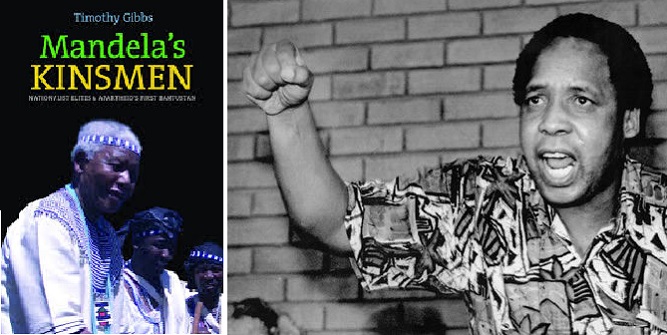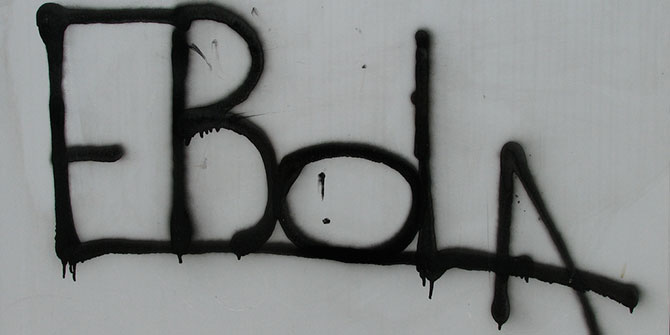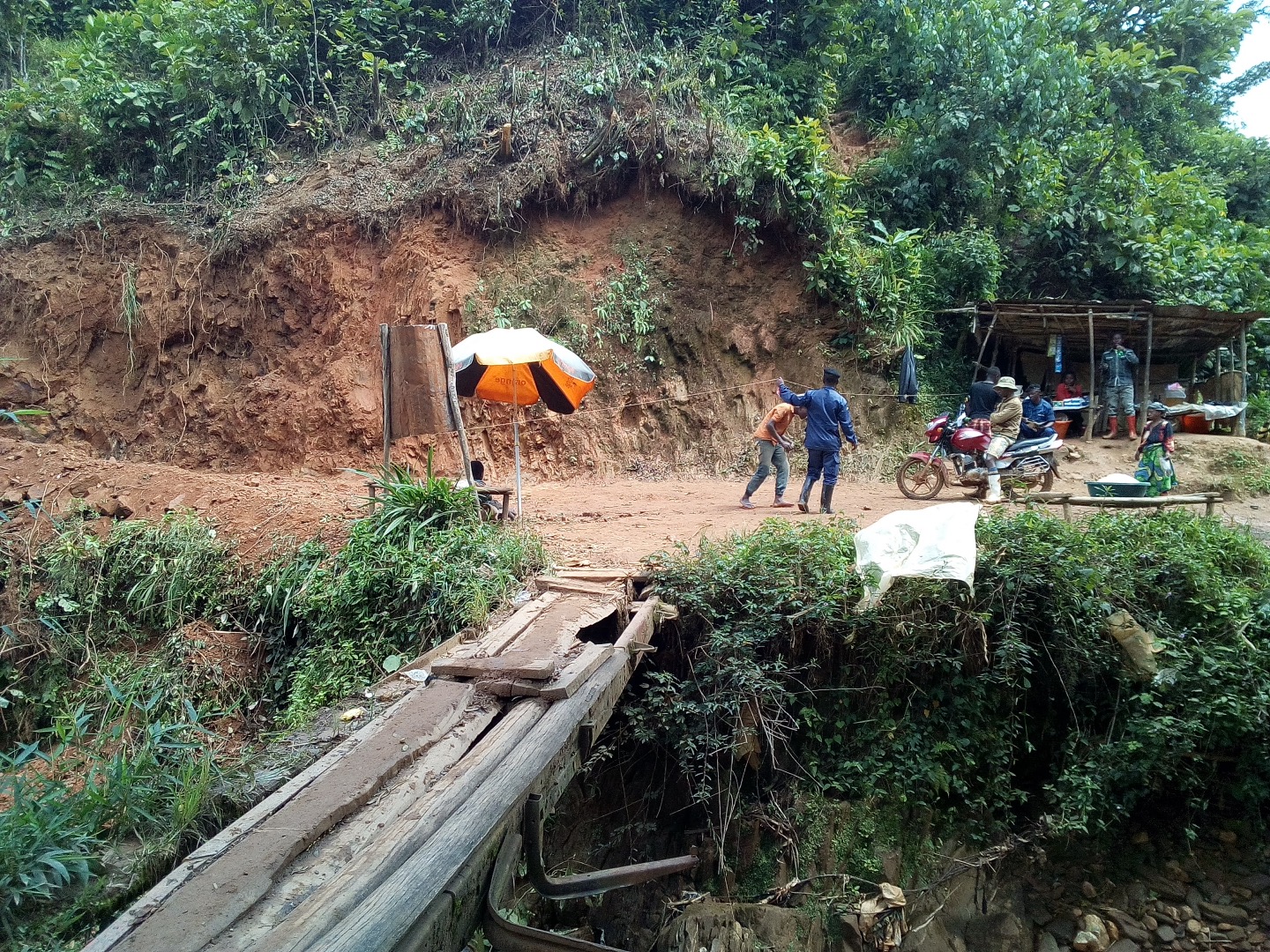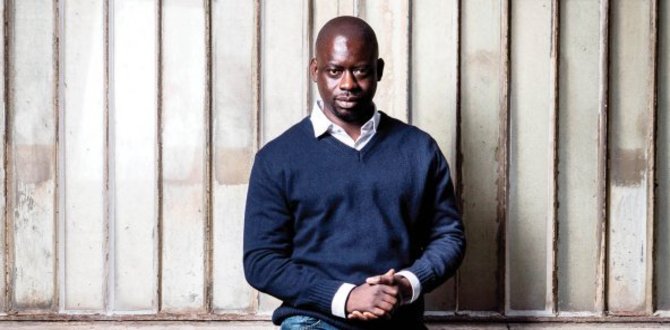Yovanka Perdigao describes the volume as a holistic view of Africa, standing between ‘Heart of Darkness’ and ‘Africa rising’ narratives.
‘Africa’s Media Image in the 21st Century: From the “Heart of Darkness” to “Africa Rising”‘ edited by by Mel Bunce, Suzanne Franks, and Chris Paterson is a collection of twenty-eight essays on Africa’s changing media image. It is also the first book in twenty five years to assess the continent’s representation after Africa’s Media Image edited by Beverly Hawk. This current version stands in contrast to its predecessor for featuring a breadth of diverse voices and experiences, whereas the former was primarily from a US angle.
This book also comes at a perfect time. Significant economic changes and technological advances have made strides on the continent that have no doubt influenced its gloomy narrative to “Africa rising”. Politically, the landscape has also drastically changed and new alliances have formed, governments have been toppled down, and social media is now key in African elections. Some of these upheavals are examined in this body of work making a very current guide to understanding Africa’s perceptions to the world.
The first part of the book deals with the past two decades of international news on Africa, best exemplified by the book’s title. Mel Bunce kicks off with moving “beyond the single story” by assessing through data if intentional news outlets have moved from the 90s Afro-pessimism. Michaela Wrong defends western journalists but not convincingly enough. Although she recognises the need for better coverage, she goes on to describe the challenges journalists face reporting from the field which impacts on their reporting. One can feel sympathetic for their plight but we must not forget that those who suffer the most in the end are Africans. Poor journalistic coverage harms the continent and its inhabitants ‘image. Martin Scott helps us to how not write about writing about Africa, some interesting takeaways there . Olatunji Ogunyemi’s essay is refreshing as it explores a topic less talked about: How does the African diasporic press portray Africa?
The second section is directly from the “image makers” of Africa. Naturally, Zeinab Badawi looks at thirty years of television reporting of Africa. Salim Alim reflects on a touching essay on his father, Mohamed Amin’s legacy in photo-journalism. Two other essays stand out as they touch upon social media’s power to transform Africa’s narrative through the example of Instagram and Kenyans tweeting back.

Photo credit: Like_the_Grand_Canyon via Flickr (http://bit.ly/2yZFd6i) CC BY-NC 2.0
Section three looks at developments and humanitarian stories. Readers will chuckle at Nickas Poulsen Viki from the Norwegian NGO that used satire to challenge negative stereotypes, with the viral video “Radi-Aid: Africa for Norway”. A clever strategy that still however begs the question of how effective such campaigns have been in changing western perceptions of Africa. To which Eliza Anyangwe reflects if Africa’s development story is still stuck on aid. Heba Aly goes further in asking whether humanitarian news organisations could ever be sustainable business models.
Finally, the last section deals with the interplay of politics and media representations. It is a China-Africa- focused section, with three chapters dedicated to their relationship. All three are extremely interesting as they force readers to reflect on the difference of China’s coverage of the continent and its impact. Another worthwhile chapter in this section is by Abdullahi Tasiu Abubakar on Boko Haram’s media strategies. He skilfully demonstrates how the group has been media savvy in spreading their message. This is a very important essay as more people are calling for Boko Haram to be seen as more than just an unorganised group of fanatics, in order to better understand them and ultimately eradicate them.
In short, this is a really well written collection of essays with diverse perspectives by prominent writers and journalists, media and PR practitioners, and academics. It stands between “Heart of Darkness” and “Africa rising” narratives, a more holistic view of Africa. However, without a doubt, one of its biggest feats is its book’s cover. It does not feature a white saviour, no acacia or baobab trees or the insufferable sunset imagery. Clearly they did not listen to Binyavanga Wainaina’s tips on how to write about Africa. Instead, the cover image of a young African man holding a camera says it all, that Africa’s image is at the hands of Africans and no longer dependent on the Western gaze.
Africa’s Media Image in the 21st Century: From the “Heart of Darkness” to “Africa Rising”. Mel Bunce, Suzanne Franks, Chris Paterson(eds). Routledge. 2016
Yovanka Paquete Perdigao is a writer inspired by issues of trauma, race and gender.
The views expressed in this post are those of the author and in no way reflect those of the Africa at LSE blog, the Firoz Lalji Centre for Africa or the London School of Economics and Political Science.






1 Comments